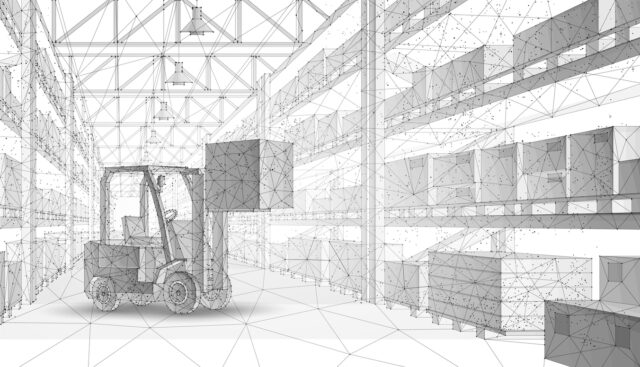The global green transition is well underway. The results of the reshaping of our economic and logistical systems will be profound and long-lasting. “The transition to net zero will be turbulent,” observes Mattieu Favas for the Economist. According to him, the reconfiguration of energy-consumption patterns and resulting shifts in global supply chains will “both crown new winners and create new losers.”
The shift is already taking place, and nowhere is it more visible than in the supply chains tied to electric vehicle manufacturing.
EV demand soars worldwide
From battery components like lithium and nickel to copper cabling and rare earth elements, the materials used to build the decarbonised future are different to the ones used to support humanity for the last hundred years.
These materials are supposedly essential to the green transition, but manufacturers’ already ravenous appetite for these finite resources is already straining global supplies.
Worldwide electric vehicle sales in 2021 surpassed more than fourfold compared to their market share in 2019. China, the world’s largest electric vehicle market, tripled its sales year-on-year in 2020. Sales in Europe and the US continue to accelerate. Just over 3 million passenger plug-in electric cars have been registered in Europe, a 16% increase over the year before.
Going forward, 7% of the global automotive industry will be electric vehicles by 2030, up from 0.2% in 2023.
According to the International Energy Agency, manufacturing and maintaining solar energy, wind power, electricity networks and (especially) electric vehicles will account for almost 90% of lithium demand by 2040. The process will also account for 60-70% of nickel and cobalt demand, and more than 40% of copper and rare earth element (in particular, neodymium) demand.
Supply chains headed into the unknown
In a new report from Roland Berger, author Wolfgang Bernhart notes that “raw material supply chains will have to remain stable while becoming more flexible to prepare for the unknown.”
Nevertheless rising demand for these resources will almost certainly test supplies as they currently stand. Supply chain managers will have a pivotal role to play in ensuring continuity, as raw materials shortages have the potential to throw supply chains into complete disarray.
The solution, Bernhart writes, is to increase the resilience of green transition-related supply chains. “Making supply chains resilient is the key to dealing with uncertainties. They must be designed to maintain stability while also being flexible and able to mitigate risk,” he says. “They must stabilise by minimising the impact of disruptions; increase flexibility to adapt to changing market conditions; improve visibility; enhance collaboration between all parties; and find the sweet spot between acceptable risks and costs.”
- Risk & Resilience
- Sustainability










